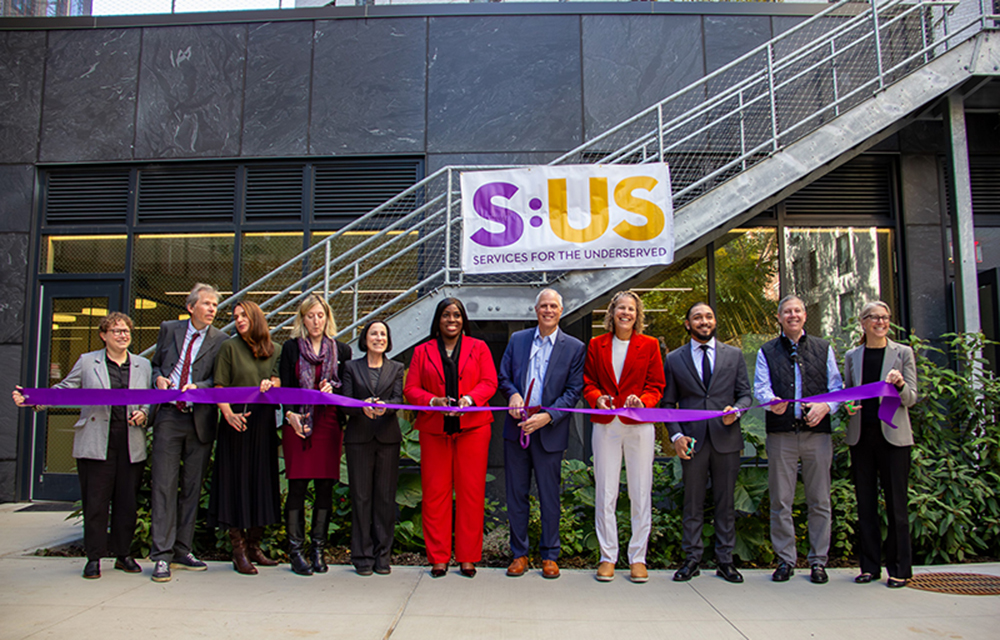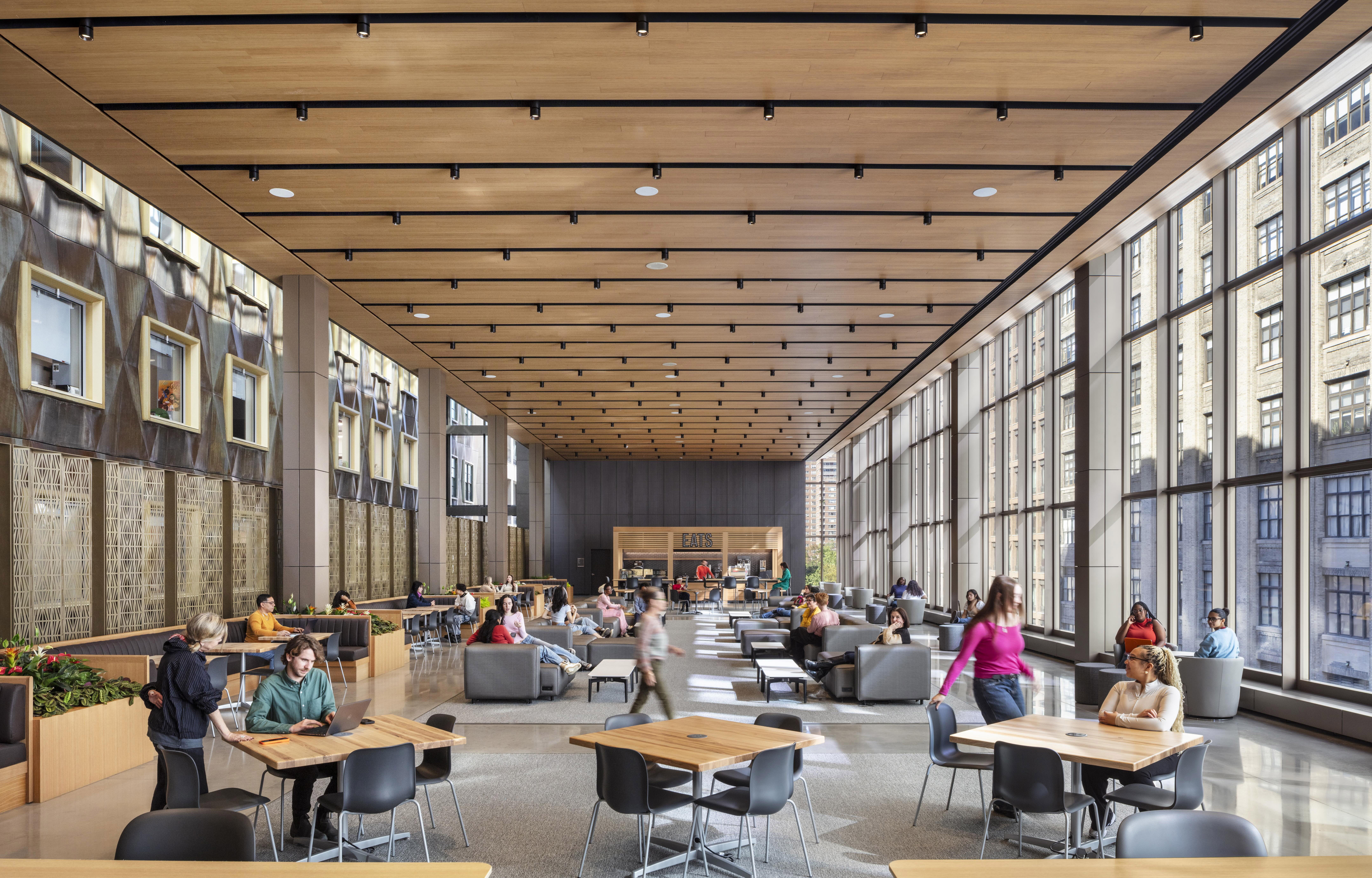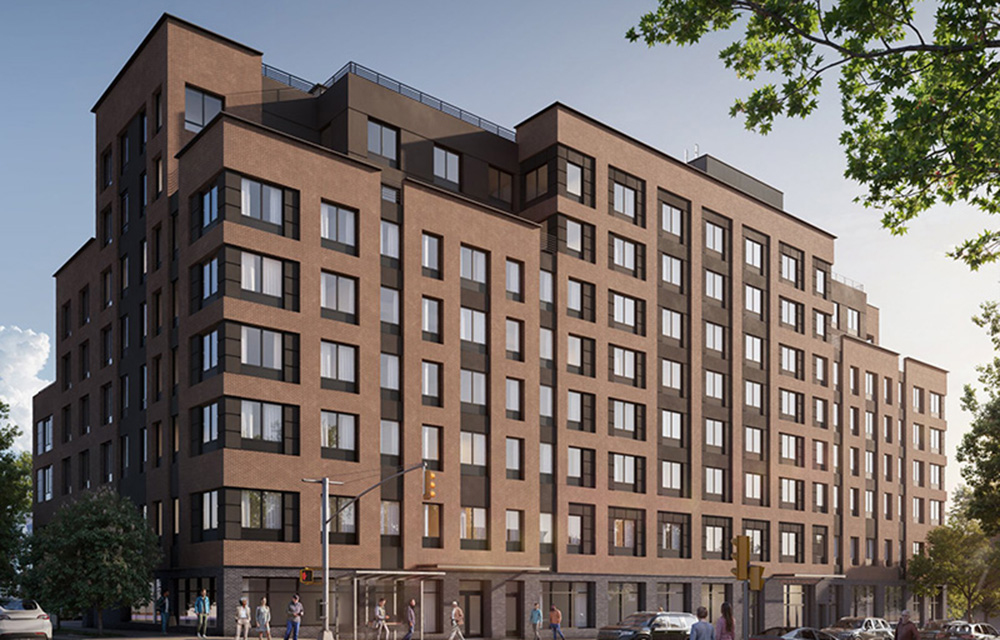News:
Construction Design & Engineering
Posted: December 9, 2014
Five things to know about de Blasio and the built envir.
Bill de Blasio is completing his first year as mayor of New York City, while voters have just given governor Andrew Cuomo a second term. The state will continue with each house of the legislature in different party hands, while at the national level, Republicans will control both houses of congress, with a President of another party finishing his final term. What does this mean for infrastructure and real estate development in New York City? Here are five things to know:
1. He's brought in pros, such as first deputy mayor Tony Shorris, former head of the Port Authority of NY&NJ; environmental commissioner Emily Lloyd, back for a second tour in that position; and Polly Trottenberg, the new transportation commissioner, who brings extensive national policy and financing experience to the position. On the real estate and economic development front, Alicia Glen returned to government as deputy mayor, after a stint at Goldman Sachs. Carl Weisbrod, the chair of the city planning commission, has extensive experience in both the public and private sectors, stretching over thirty years. Housing commissioner Vicki Been, while new to government, is widely respected as an expert on housing policy. Notwithstanding the mayor's proclaimed progressive agenda, these appointments and others signal a seriousness of purpose when it comes to key agencies.
2. The mayor has some very ambitious goals, the practicality of which will be determined as policies are fleshed out and other decision makers weigh in. Well-publicized has been his call for the preservation or construction of 200,000 units of affordable housing over ten years, compared to mayor Bloomberg's goal of 165,000 units over 12, including 80,000 units of new construction. Mandatory affordable housing requirements in private zoning applications, as well as land use actions sponsored by the city itself, are still being sorted out and will be announced in the new year, as will policies on industrial retention and transferrable development rights. He's banking on continuing the trajectory of job, population and property value growth necessary to make realization of his goals realistic. That means that issues incidental to development, such as crime and schools, as well as the perception of him as a manager, are also critical.
3. He's serious about income equality. For him, it's both an ideological commitment and a political reality, having raised the expectation of his primarily left-of-center base, but he campaigned on those issues genuinely believing the city should and could do more for low-income communities. This resulted not only in his focus on affordable housing, but also on the low-income communities still suffering from the effects of hurricane Sandy, including plans to leverage city spending to improve opportunities for residents in those neighborhoods.
4. Not everything is within his control. While the new city council is aligned with him, things are far murkier at other levels of government. His relationship with his former boss, the more centrist Andrew Cuomo, is complicated. The state assembly is still firmly in Democratic hands, but the state senate is in Republican control. This situation ties the mayor's hands on taxes, including the 421a new residential construction tax incentive program, which progressives would like to see require significant affordable housing as a condition of renewal in 2015. Inversely, rent regulation is also up for renewal next year, and real estate's allies in the state Senate will likely push back on the progressive agenda. With an upstate-focused senate, it's unclear how the MTA's new capital plan will fare. In Washington, congress under one-party control may be more business-like in how it conducts itself, but stalemate with the Obama administration on big issues like transportation funding is likely to continue.
5. The de Blasio agenda is still evolving. Advocacy has never been more important. New players, new alliances, and new priorities create an environment where informed engagement carries weight. Whether through individual action or through trade associations such as the ACEC of New York, will the infrastructure and development communities be among those voices? They can be. They need to be.
Ken Fisher is an attorney at Cozen O'Connor and a former city council member, New York, N.Y.
Ken Fisher represents ACEC New York Metro Region, but the views expressed are his own.
MORE FROM Construction Design & Engineering
Troutbrook expands with boutique condo project and Marriott Fairfield Inn & Suites renovation
Brooklyn, NY For more than 25 years, Troutbrook/Freud Development has remained focused on executing design-driven projects across the city. Its latest ventures reflect both a continued push into boutique residential development and an expansion








.gif)
.jpg)

.gif)